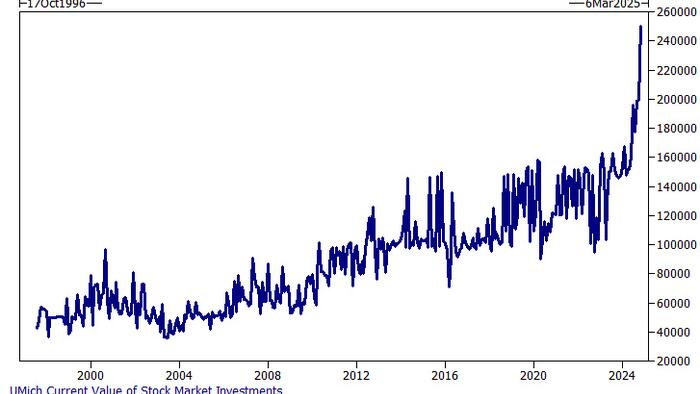Tomorrow marks the tenth option expiry of 2024, coinciding with the last standard quarterly expiry (SQ) before the upcoming U.S. presidential election. This period is significant in the financial markets as it often brings heightened volatility and trading activity. Traders and investors are closely monitoring these developments, particularly in the options market, where various factors can influence pricing and market movements. With traders gearing up for this important day, an analysis of market sentiments and conditions can provide valuable insights into potential outcomes.
Goldman Sachs trader Brian Garrett highlights that implied volatility remains elevated, albeit not excessively so. Elevated implied volatility typically signals that traders expect significant price movements in underlying assets, reflecting uncertainties in the market landscape. Garrett points out that current market conditions, marked by heightened gamma exposure, support this view. Gamma, a measure of how the delta of an option changes when the underlying asset’s price shifts, is an important concept in options trading. As market makers hedge their positions, significant gamma can lead to increased trading activity and price swings, especially around option expiry dates.
Despite the prevailing concern reflected in implied volatility, Garrett notes that the ‘wall of worry’ persists among market participants. This term signifies the multitude of apprehensions and uncertainties that investors face, which may hinder their willingness to take risks. Interestingly, retail investors seem to be less affected by this sentiment, indicating a possible divergence in behavior between institutional and retail traders. Retail confidence, if sustained, could lead to notable market movements as consumer sentiment often plays a pivotal role in shaping broader economic trends.
Moreover, the VIX complex appears to be somewhat depleted, suggesting a potential decrease in market anxiety relative to previous periods. The VIX, or Volatility Index, often serves as a barometer for market volatility; when it’s low, it indicates a relative calmness among investors. However, Garrett’s observations imply that the market is still navigating through underlying concerns that could trigger volatility spikes despite a currently subdued VIX. This scenario underscores the delicate balance that traders must maintain when making decisions in an environment filled with both fear and opportunistic sentiment.
The convergence of these factors leading up to the option expiry indicates a complex dynamic at play in the markets. As traders and investors prepare for tomorrow’s events, they must consider not only the technical aspects of options trading but also the psychological elements that drive market behavior. The upcoming expiry may present both challenges and opportunities, particularly for those who are adept at reading the market’s sentiment and understanding how to capitalize on volatility.
In conclusion, the upcoming option expiry serves as a critical juncture in the financial landscape, particularly given its proximity to the presidential election. With implied volatility holding steady, a wall of worry prevailing among many investors, and the VIX complex showing signs of depletion, market participants must navigate these complexities with care. Observations from traders like Brian Garrett provide a lens through which to comprehend current market sentiments and prepare for potential shifts in trading activity. As the financial community braces for tomorrow’s expiry, the interplay of market psychology and technical mechanics will likely dictate the next moves in the ever-evolving trading arena.

